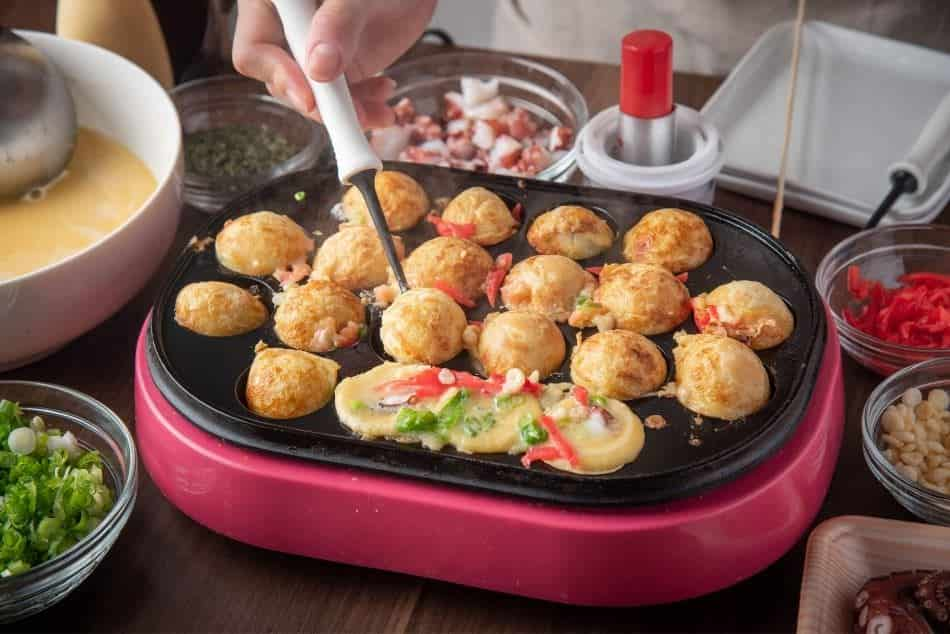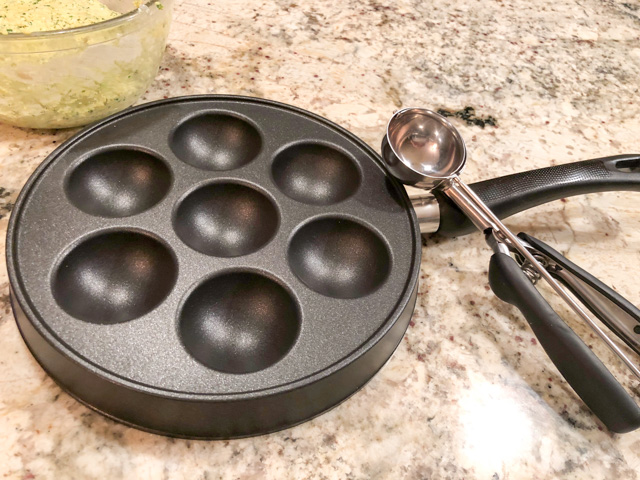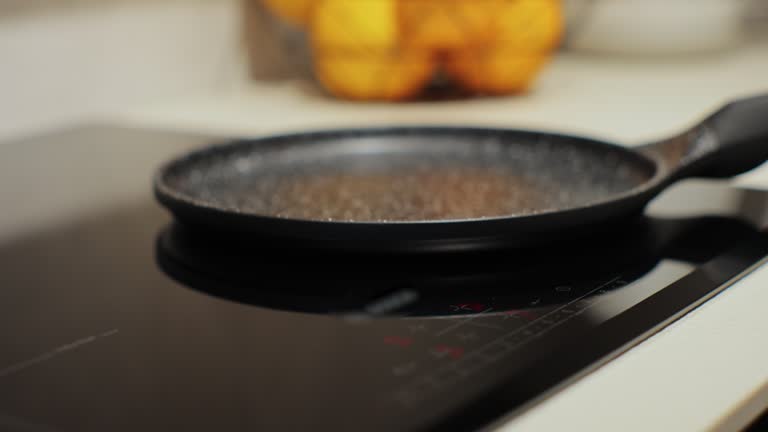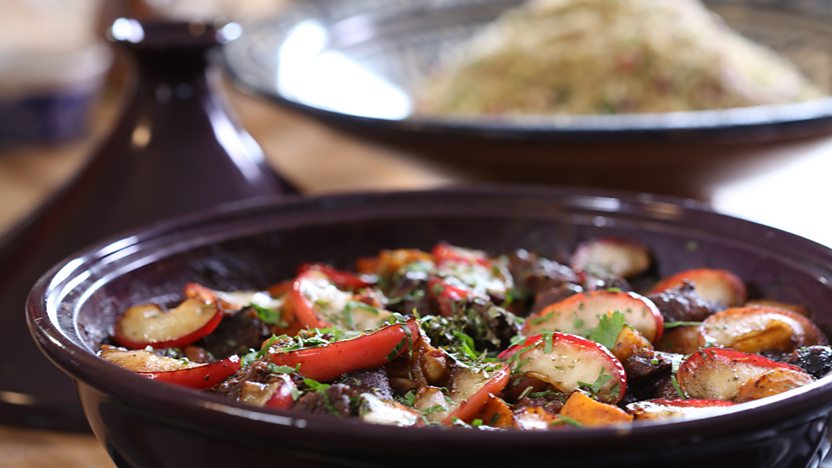For kitchen professionals and culinary enthusiasts alike, the quest for the best pie iron can be a thrilling venture. The right pie iron not only enhances your cooking skills but also ensures every meal is a delightful experience. Whether you're crafting perfect campfire pies or experimenting with new recipes indoors, knowing how to select the right pie iron is crucial.
This guide will illuminate your path to choosing a pie iron that perfectly fits your culinary needs, taking into account material, design, and versatility. As you aim to seize the best pie iron, it's crucial to understand its impact on food quality and texture, especially when making classics like pie iron sandwiches. For those curious about the nuances, you might find our article on the Pie Iron vs. Sandwich Press insightful.

Understanding the Basics of Pie Irons
The pie iron, often called a camp cooker or sandwich maker, boasts a simple yet ingenious design. Comprised of two metal plates with long handles, it allows you to cook over an open flame or stove by pressing ingredients between the plates. These tools are especially popular for making handheld pies and toasted sandwiches. The best pie iron can elevate simple ingredients into gourmet treats.
Material Matters: Cast Iron Vs. Aluminum
Materials play a pivotal role in the performance and durability of pie irons. Both cast iron and aluminum pie irons have their pros and cons. Cast iron is celebrated for its durability and even heat distribution, lending to evenly cooked meals and a rich, seasoned taste over time. However, it requires maintenance to avoid rusting. You can learn more about maintaining cast iron in our accessories guide. Conversely, aluminum pie irons are lighter, easier to handle, and rust-resistant but lack the same heat retention and food flavor benefits.
Choosing the Right Size and Shape
Pie irons come in various sizes and shapes to accommodate different recipes ranging from square designs perfect for sandwiches to circular ones apt for pies. Consider what you aim to cook most frequently. Versatility can be a boon, especially for kitchen professionals who might want an option that caters to a range of recipes. For further inspiration, explore our recommended models.
Additional Features and Accessories
When selecting a pie iron, consider features that enhance convenience and versatility. Non-stick coatings can simplify cleaning and cooking, though they may affect the food's texture and taste. Some models come with detachable handles for easier storage. Your cooking style will heavily inform what features to prioritize. Accessory packs that include carrying cases, cleaning tools, or grill stands could significantly benefit professionals.

FAQs about Choosing the Best Pie Iron
What are the primary types of pie irons?
Pie irons can mainly be classified into cast iron and aluminum varieties, each offering unique benefits and challenges concerning weight and heat distribution.
How do I maintain a pie iron?
Regular cleaning after use is paramount. Cast iron models should be seasoned after each use to maintain non-stick properties and stave off rust.
Can pie irons be used indoors?
Yes! Although traditionally used for campfire cooking, pie irons can function well on a stovetop or even be adeptly utilized with a baking stone for controlled heat distribution. For indoor cooking tips, check out this Moroccan cooking method.
In conclusion, pinpointing the best pie iron requires a blend of understanding your cooking ambitions and assessing each pie iron's material, size, and additional features. Armed with this guide, you're well-equipped to enhance your culinary toolkit.
This article contains affiliate links. We may earn a commission at no extra cost to you.






Leave a comment
This site is protected by hCaptcha and the hCaptcha Privacy Policy and Terms of Service apply.